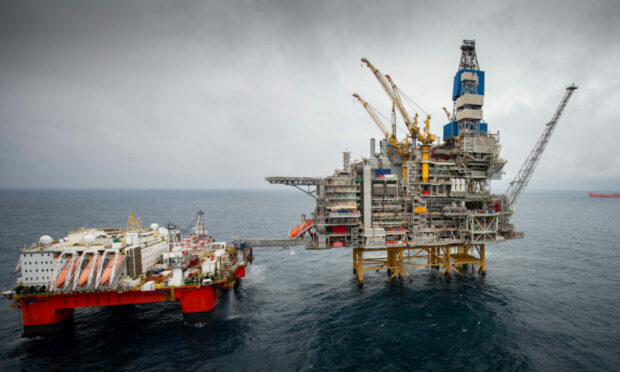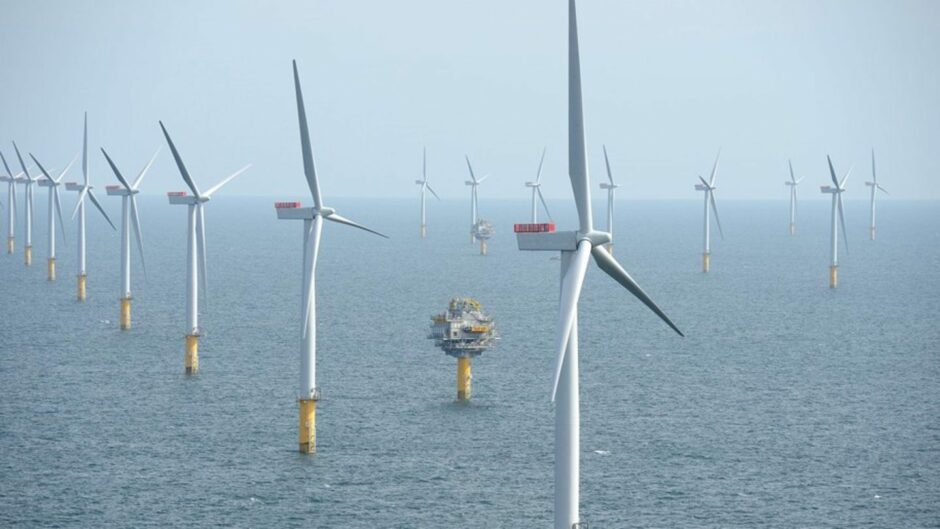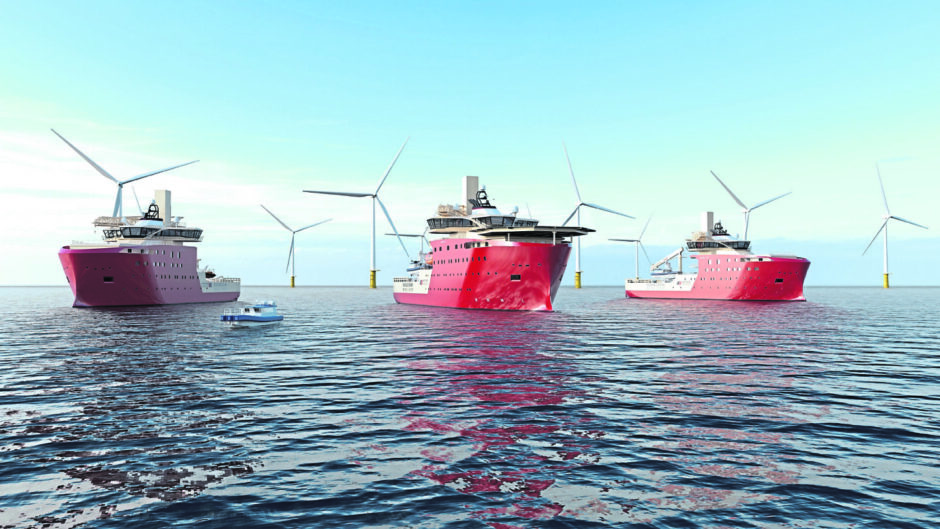Equinor paid $6 million (£5.3m) in extractive taxes and levies on its UK activities in 2021 – the lowest net contribution of all its global operations, save for Argentina.
The disclosure was made in the Norwegian energy major’s second annual Tax Contribution report, published this week, which covers full-year 2021 – a period in which the group posted global pre-tax profits of $31.5bn.
The new report shows Equinor (OSLO:EQNR) and its subsidiaries paid a total of $8.9 billion in corporate income taxes and $2.9bn in royalty payments and fees to local and national governments around the globe last year, a total of $11.8bn.
Of this, the vast majority – $8.3bn – was paid in Norway.
The report notes these payments related to exploration, prospecting, discovery, development, and extraction of oil and natural gas – also known as extractive activities – and include taxes levied on the income, production and/or profits of companies, as well as royalties, bonuses and rental fees for the right to use a geographical area.
The figures include environmental payments, but do not cover consumption levies such as value added taxes or personal income taxes.
UK taxes
Of all its regions of operation the UK saw the second-lowest net contribution with just $6m paid to treasury – above only Argentina, where it paid $1m.
An Equinor spokesperson said roughly $5m was comprised of licence fees and levies related to upstream petroleum projects.
Equinor operates two UK assets – the 180m-barrel Mariner field west of Shetland and Utgard on the Norwegian-UK border – and had daily UK production of around 25,000 barrels of oil equivalent per day (boepd) last year.
Employing a UK staff base of over 600 people, the company is also building a pipeline of offshore wind farms and battery storage assets, with several in operation or under development – including the mammoth Dogger Bank scheme in partnership with SSE Renewables and Vargronn.
However, despite local revenues of over $1.1bn (£970m), its local arm posted a pre-tax loss of $1.4bn (£1.2bn) in 2021.
It meant that across all UK operations, the group paid just $1m in income taxes (£890,000) last year.
In supplementary notes, the energy giant group cites several reasons for the figure, including the tax-free divestment of renewable assets, and uplifts from both carried losses and capital expenditure which offer further tax benefits.
Its spokesperson confirmed the loss was driven mostly by the recognition of an impairment of the Mariner field in 2021, offset by gains from the divestment of Dogger Bank and dividends received from affiliates producing electricity from wind projects offshore UK.
Serious incidents down to zero
Meanwhile, the number of serious incidents reported by Equinor improved in the third quarter of 2022, compared to Q2.
No incidents with major accident potential were recorded between July and September at the Norwegian firm.
The serious incident frequency (SIF) – the number of serious incidents per million hours worked – was 0.4 at the end of Q3, with more than half of these instances relating to dropped objects.
The total recordable injury frequency (TRIF) – number of injuries requiring medical treatment per million hours worked – during the past 12 months was 2.4 – these figures include serious personal injuries.
Over the last year, the oil and gas firm has reported eight gas leaks, a reduction from last year’s 12.
The firm says that in the final quarter of 2023 it will cooperate with other operator companies and external suppliers on creating a health-promoting working environment.
Equinor’s executive vice president for safety, security and sustainability, Jannicke Nilsson, said: “It is encouraging to see the result of the work we do every day to improve safety, but we still have a potential for further improvement, together with our suppliers.
“Interaction with our suppliers is essential to keep improving our safety results. Dropped objects and personal injuries were the topics of discussion this time.”




Conversation